What is the difference between lice and fleas?
Content
- Flea bites and lice bites
- Head lice
- Fleas and lice
- Fleas
In order for the fight against blood suckers to be effective, you need to know the differences between fleas and lice, because you need to destroy them in different ways. To see the difference, it is necessary to look closely at the appearance, to study the method of reproduction and feeding of both species of insects.
Whom do parasites bite
Fleas and lice in humans use blood as a food source. But if the first is almost indifferent to whom to bite and whose blood to consume, the second is sufficiently scrupulous in this matter: she prefers to eat only the species “host”.So, a human louse will not settle on a rabbit, whereas cat flea “Without embarrassment” can attack people.
Fleas are “more pleasant” to drink the blood of a permanent host, but if it is not nearby, it can easily dine with any warm-blooded animals. It is necessary to choose the right remedy for lice and fleas in order to forget about the dangerous blood suckers as soon as possible.
Important!
Even one female of any species, surviving after treatment, is capable of breeding a colony of insects.
Harm of parasites
Both types of primary damage is caused by bites. Insect saliva enters the wound, causing itching. Combing bite spots, a person increasingly injures the skin, often infects the infection. Frequent cases of an allergic reaction to the saliva of bloodsuckers. For most people, the aesthetic component is also important - the bitten skin looks completely unattractive.
Since the difference between fleas and lice is less constant, it is easy to assume that getting a variety of infections from fleas is much higher. "Pantophagy" makes a flea more dangerous for humans parasite. Insects that prefer rats are especially scary for humans - they can carry typhoid and plague.In addition to serious diseases, carry worms. One type of lice settles on a person, dividing into subspecies. They are able to carry various types of typhoid.
Lifestyle Differences
Knowing how to distinguish fleas from lice by their lifestyle, you can quickly get rid of bloodsuckers in the house.
So, the louse constantly lives in the host's hairline, holding onto the hairs. Ideally, she never leaves her pasture.
The difference between fleas and lice, and their way of life is that they are not tied to warm-blooded animals, they migrate freely around the apartment or yard, looking for new food sources.
Interesting!
To answer who jumps lice or fleas, just look at the structure of both individuals. The legs of insects that live in a person’s hair are not suitable for jumping at all, they only run relatively quickly. Whereas flea can jump so that overcome the distance greater than its size a hundred times.
Appearance
Especially clearly visible differences in the photo. Both types of parasites should be considered to be able to recognize them immediately. Fleas and lice in the photo are clearly visible, like every difference between them:
- The body of the flea is flattened at the sides, whereas the louse has a flat body.
- Lice differ from fleas in size - the first smaller.
- Fleas are colored brown: from light to dark.While human parasites are translucent or grayish. Being filled with blood, they become dark red or black.
- Paws of "jumpers" are long, especially stands out the third - race - a pair of legs. Insects that parasitize a person’s head have short legs with hooks on the ends that hold them to the hairs.
Breeding
A flea differs from a louse not only by appearance, but also breeding mechanism. This information can help in the fight against bloodsuckers.
Head lice
Continuing to describe the differences between lice and fleas, it should be said that the former practically do not leave their homes, only in exceptional cases running over to the head of another person with close contact. For a half or two months of life lice lay only 150 eggs, called nits. Bright eggs lice can vary well in dark hair. An adult insect comes out of them after about 7 days.
Interesting!
In the female's body, special substances are produced, thanks to which insects securely attach their offspring to their hair. This substance is so sticky that it is not easy even to nick off your nails.
Fleas
These “jumpers” almost never lay their eggs on the “breadwinner”, preferring secluded corners. That is why they must be destroyed outside of animals. Flea eggs can ripen from two weeks to several months. After that, the larva leaves them, preferring other types of food than adults.
The offspring of lice are nits, and fleas, eggs, can be distinguished among themselves according to their localization and adhesiveness of the shell. Nits are always located in the scalp and when they become too much, it seems that the hair is thickly covered with dandruff. Flea eggs can be anywhere in the apartment: on the floor, on upholstered and cabinet furniture.
Fight against parasites
So, it becomes clear that not only do fleas and lice look different, but they also behave differently. Means of dealing with them should be chosen in different outlets.
Fleas and their nits are difficult to destroy. The fight must include several stages:
- the destruction of insects on animals;
- processing apartment;
- processing of common areas.
To destroy fleas from pets, it is recommended to purchase special tools:
- Shampoo for dogs and cats.
- Drops.Excellent proven such drugs: Barrier, Dana Ultra Neo, Blohnet, Celandine.
- Flea Collars for dogs and for cats.
For the treatment of premises in a house or apartment, insecticidal preparations of the following type are used:
- “Geth”;
- Raid;
- Raptor;
- Dichlorvos;
- Clean house;
- Butox 50.
To defeat pediculosis, you must purchase special tools in a pharmacy. Treatment should consist of two stages:
- the destruction of adult insects;
- getting rid of nits.
Eggs will have to clean manually or use a comb with frequent teeth.
It is very important to boil and thoroughly wash clothes, clothes, bed linen.
Having identified lice or fleas in a person, you can quickly get rid of them, using the appropriate means of struggle.

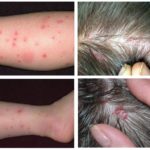
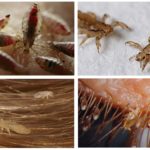
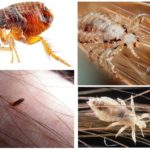
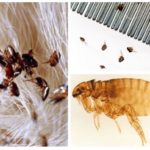

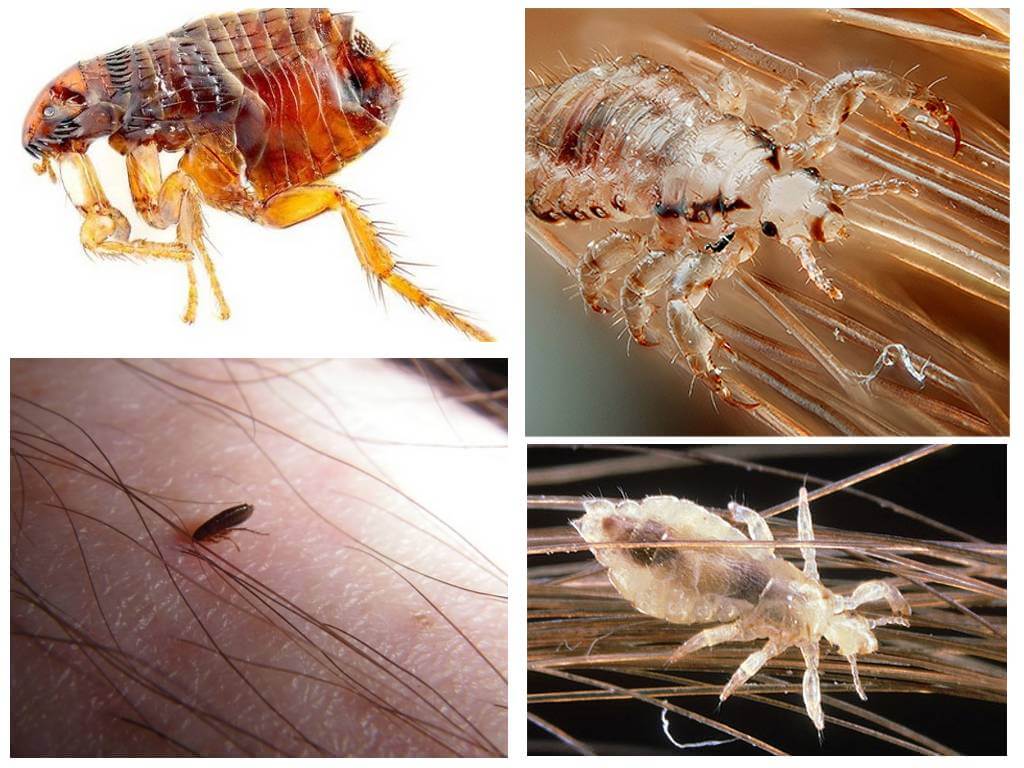
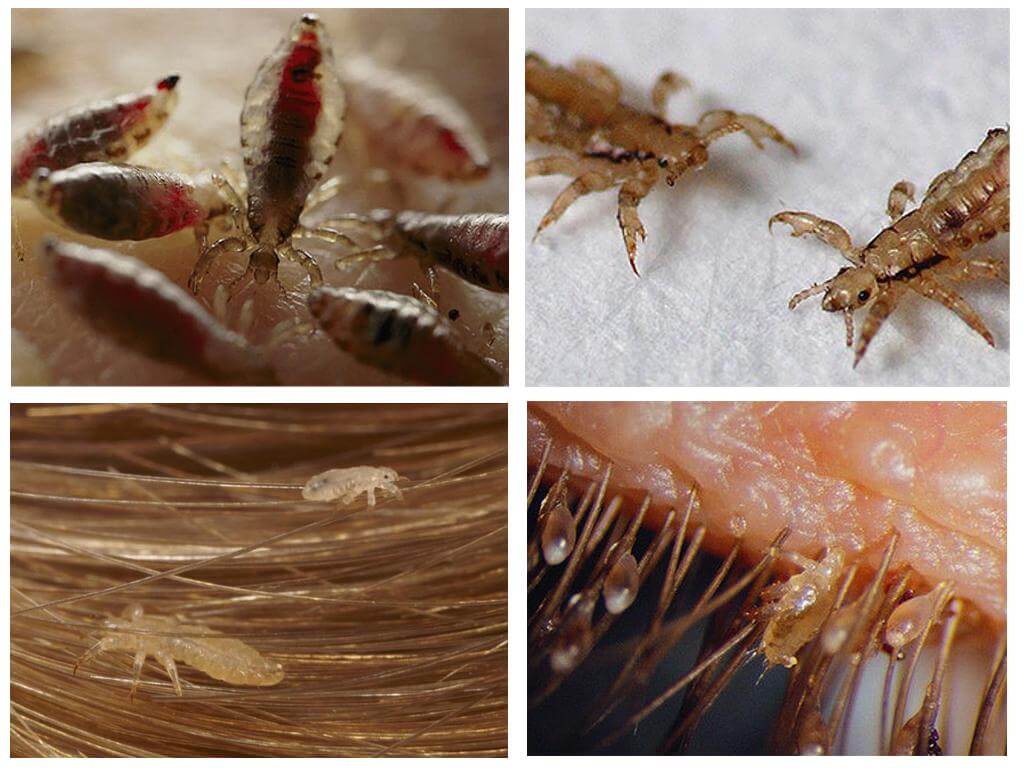
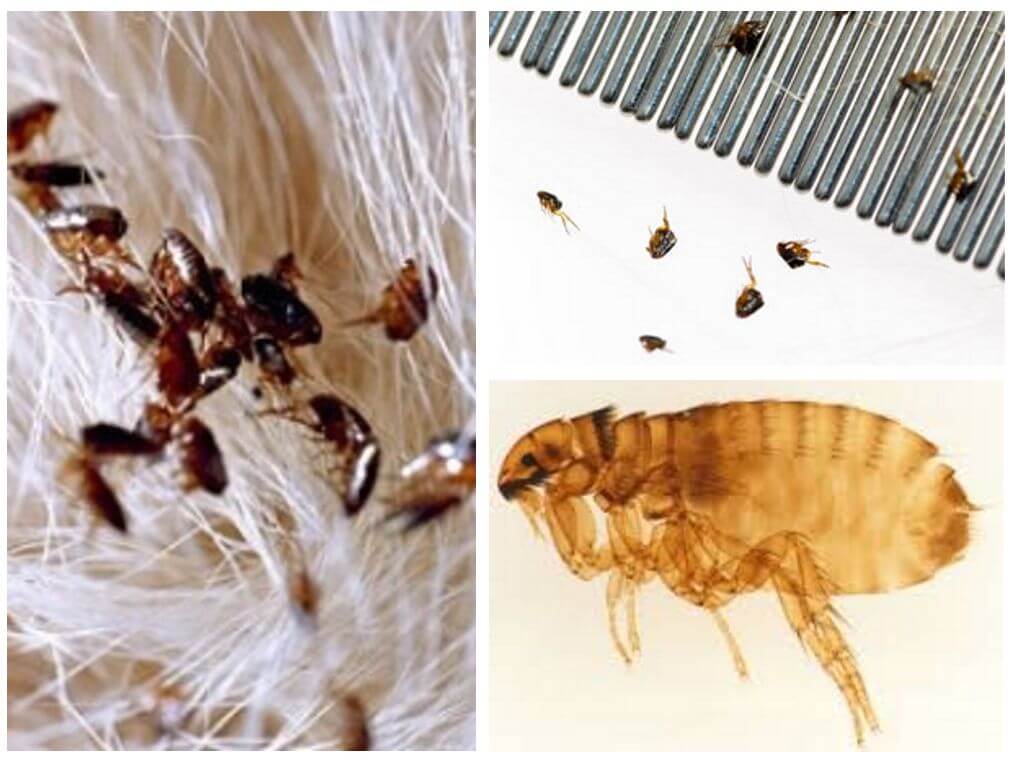

 (votes: 13, Average rating: 4.69 out of 5)
(votes: 13, Average rating: 4.69 out of 5)


